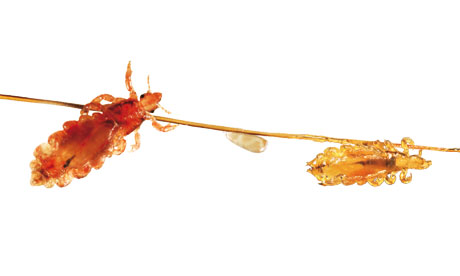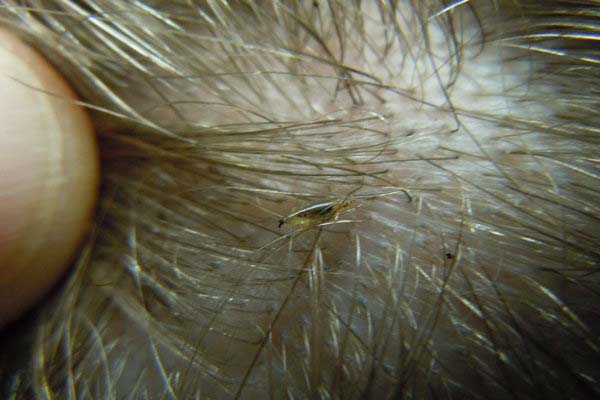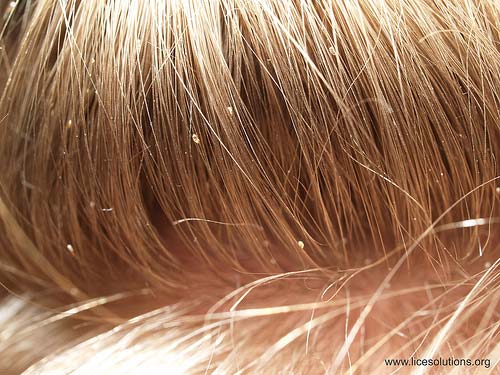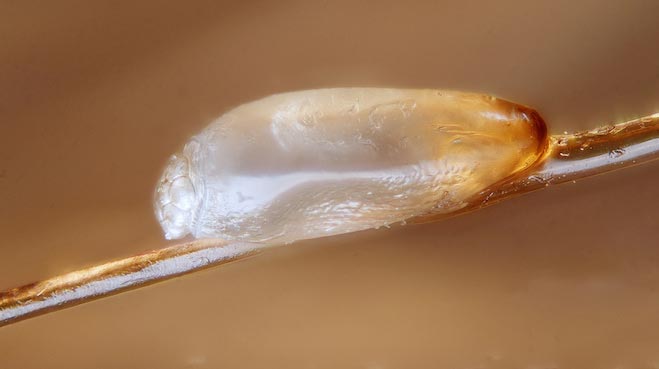


Head lice are a common problem throughout the World. They are highly contagious and are easily picked up on contact with others that are infested or their personal belongings.


For school age children check for head lice once a week. You will not need to do this if you are using Nit-Enz Organic Shampoo twice a week, as recommended.
Check the whole scalp for insects and their eggs, especially:
Scratch marks or a rash can be a sign that head lice are present. Head lice may cause itching, but do not usually cause disease. Not all children complain of an itchy head. Occasionally scalp infections requiring treatment may develop.

Female lice lay about 7 – 10 eggs each night, close to the scalp. Eggs are glued firmly onto the hair shaft, no more than 1cm from the scalp. They are normally a grey/brown colour and are difficult to see (prior to shampooing with Nit-Enz). Eggs hatch every 7 – 10 days and a louse can live for 40 days.

Nit-Enz Limited © 2025 | Terms & Conditions